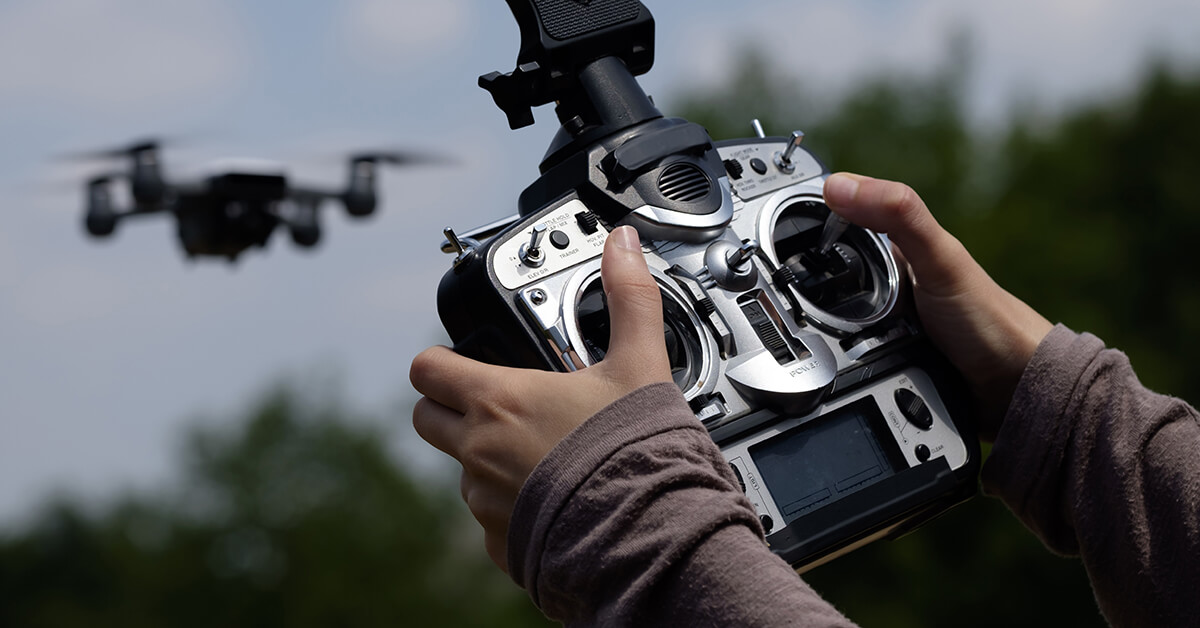
Dec. 31, 2020
The FAA recently announced two final rules to further integrate drones into the National Airspace System and improve operational effectiveness. The first rule requires Remote Identification (Remote ID) in drone operations. This supports the second rule, which permits operators of small drones to fly over people and at night, in certain conditions.
Final Rule: Remote Identification of Unmanned Aircraft
Final Rule: Operation of Small Unmanned Aircraft Systems Over People
While NBAA supports the overall concept of Remote ID as a foundation for safety, national security and operational efficiency, the association highlighted a number of concerns in comments to the FAA earlier this year. For example, the proposed Remote ID rule seemingly provided limitless public access to Remote ID information, including drone owner/operator information.
The proposed rule also lacked a cost-effective retrofit option for Remote ID compliance, which has been addressed through a phased compliance approach and multiple options for compliance.
Both rules are effective 60 days after publication in the Federal Register, which is expected in early January. The Remote ID rule has two compliance dates: one for manufacturers producing new drones and another compliance date one year later for operators to begin using drones equipped with Remote ID.
Remote ID compliance can be achieved in one of three ways:
- Operate a standard Remote ID drone that broadcasts identification and location information of the drone and control station;
- Operate a drone with a Remote ID broadcast module (may be a separate device attached to the drone), which broadcasts identification, location, and take-off information; or
- Operate a drone without Remote ID but at specific FAA-recognized identification areas.
NBAA also expressed concerns about Remote ID being an internet-based solution, which necessitated a 400-foot range of operation. The Remote ID final rule addressed this concern with a broadcast solution, negating the need for the 400-foot limitation.
The second rule, Operations Over People and at Night, applies to Part 107 drone operations and establishes four categories for operations over people based on the drone’s weight or kinetic energy relative to potential for injury to human beings.
To conduct night drone operations, operators must complete updated training and the drone must be equipped with anti-collision lights.
The FAA considers the Operations Over People and at Night rule to be “the next incremental step towards further integration of unmanned aircraft (UA) in the National Airspace System.”


 International Business Aviation Council Ltd.
International Business Aviation Council Ltd.